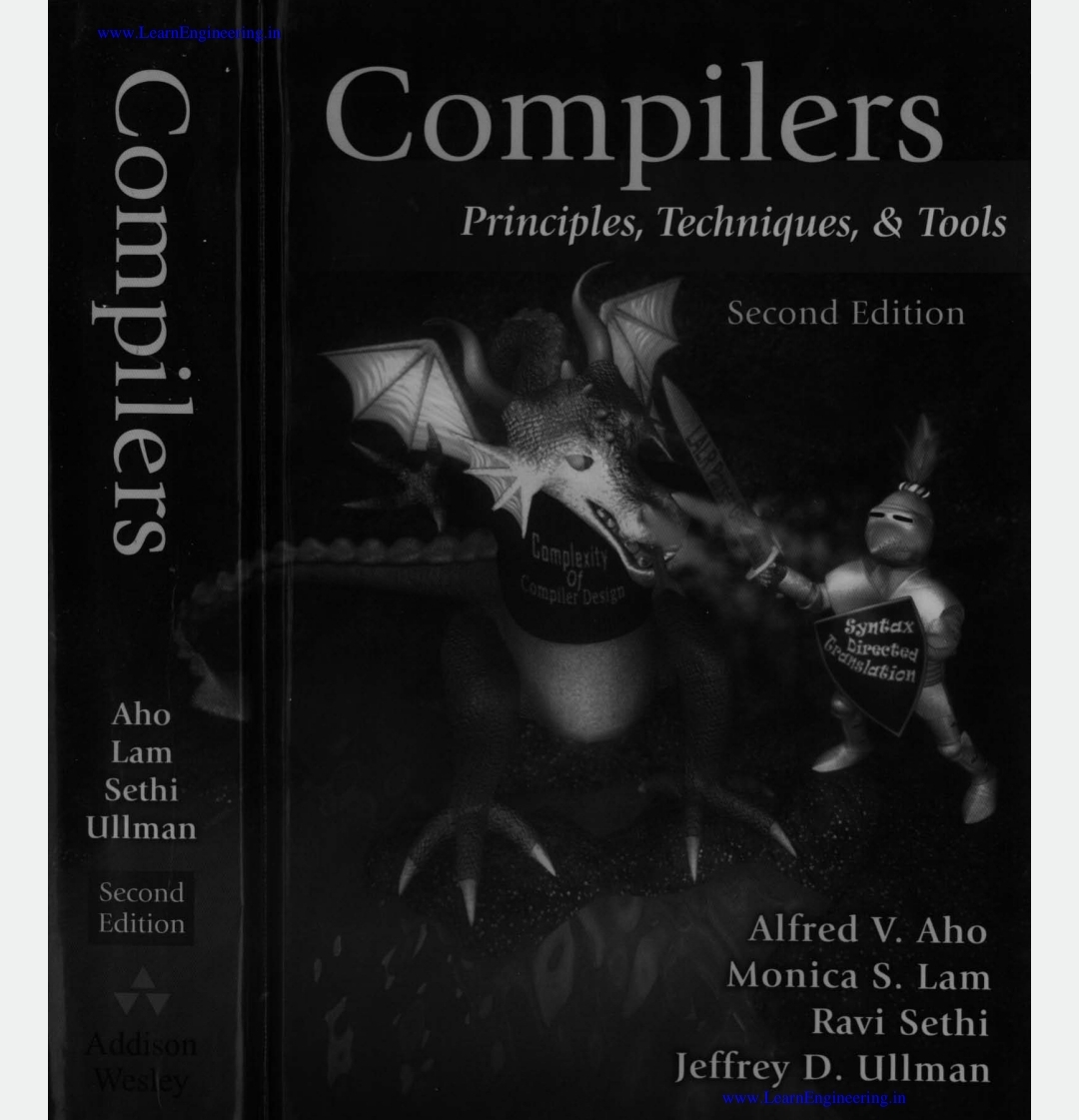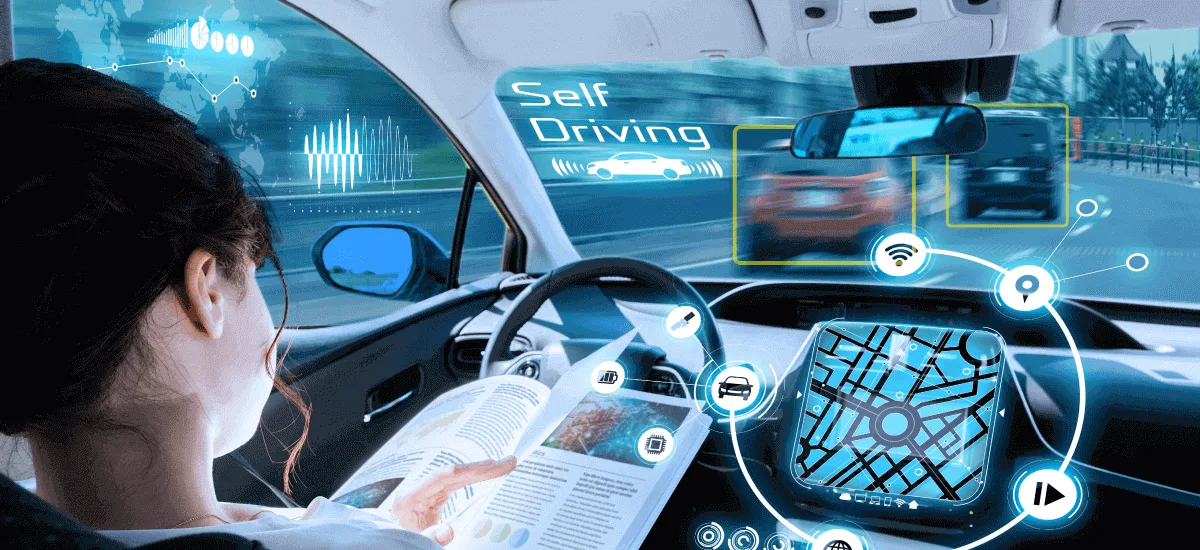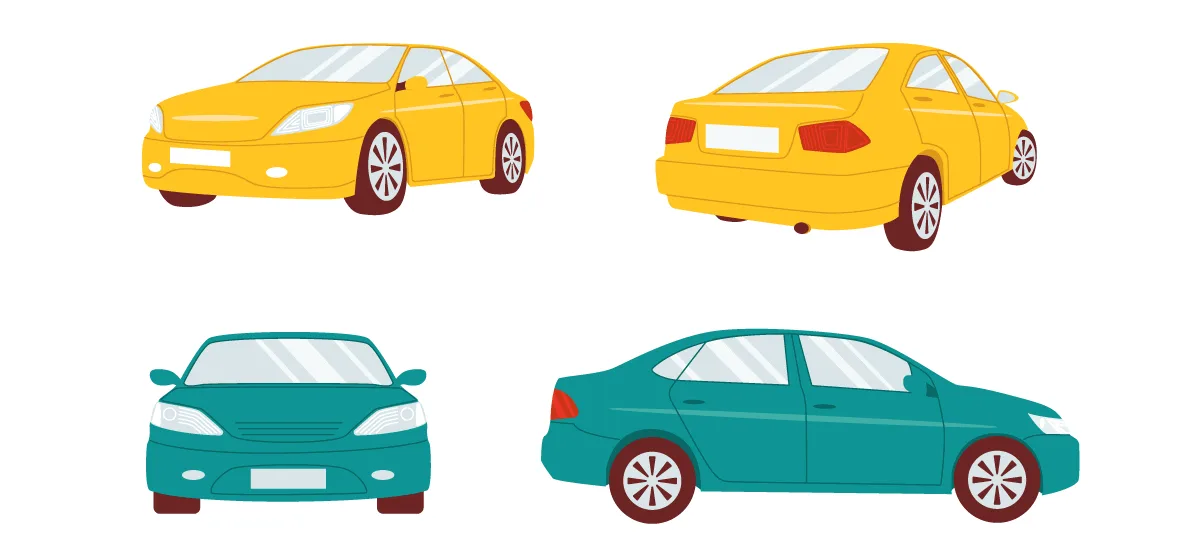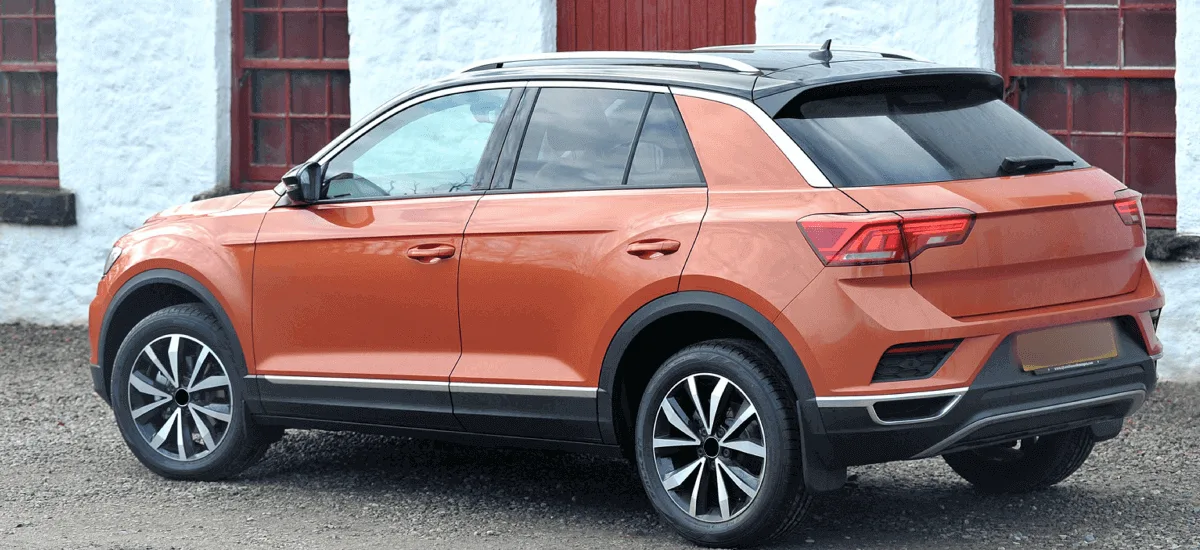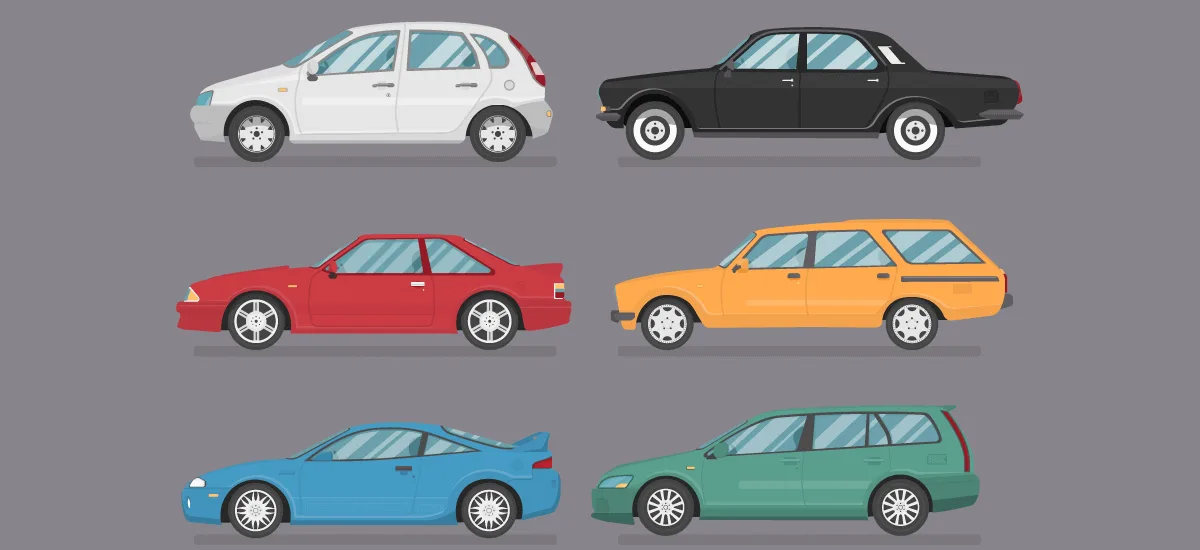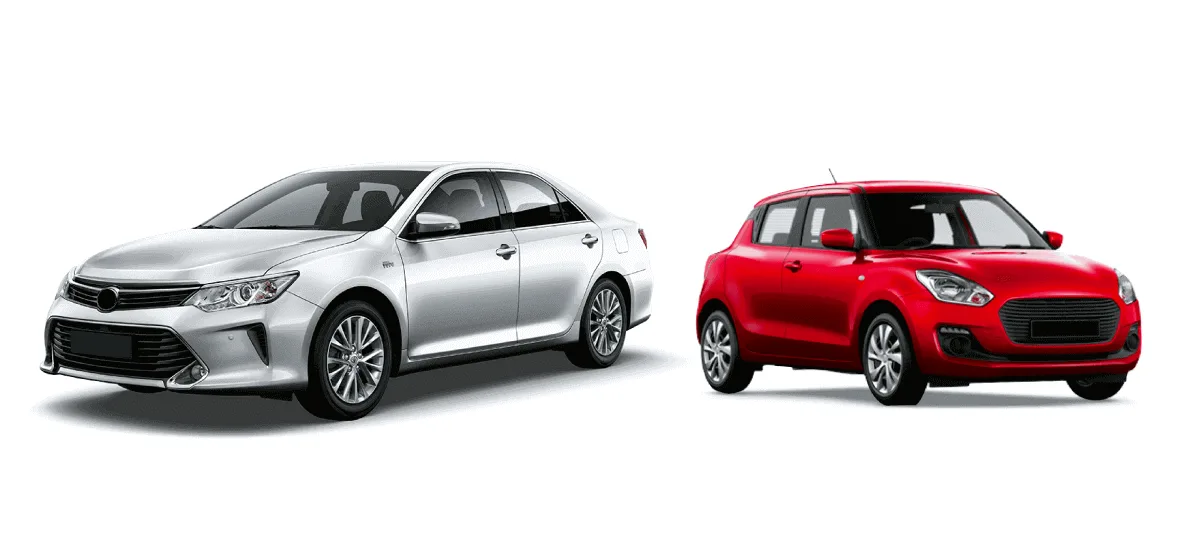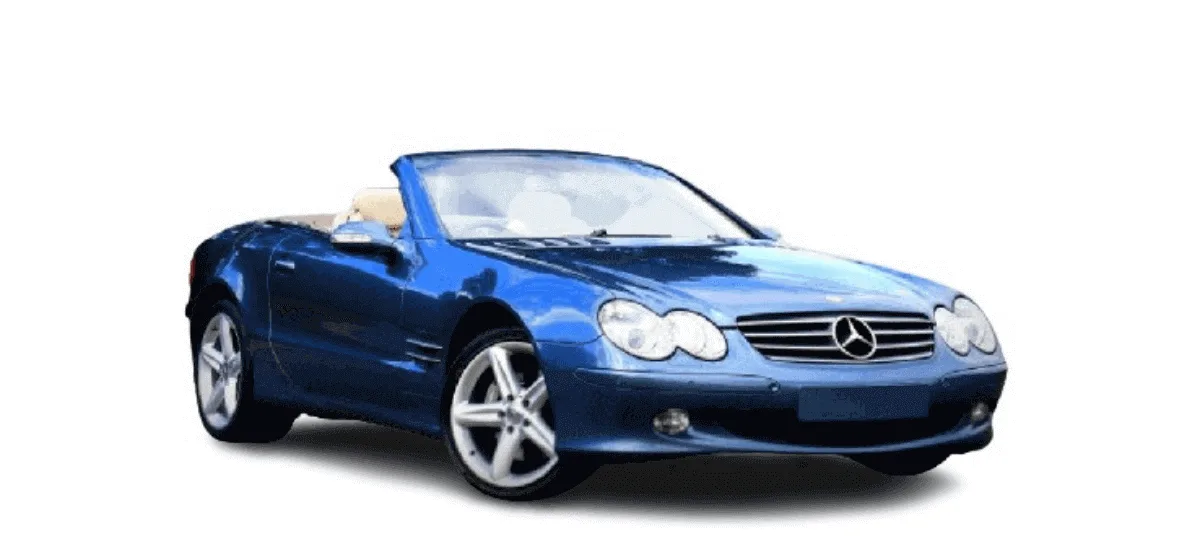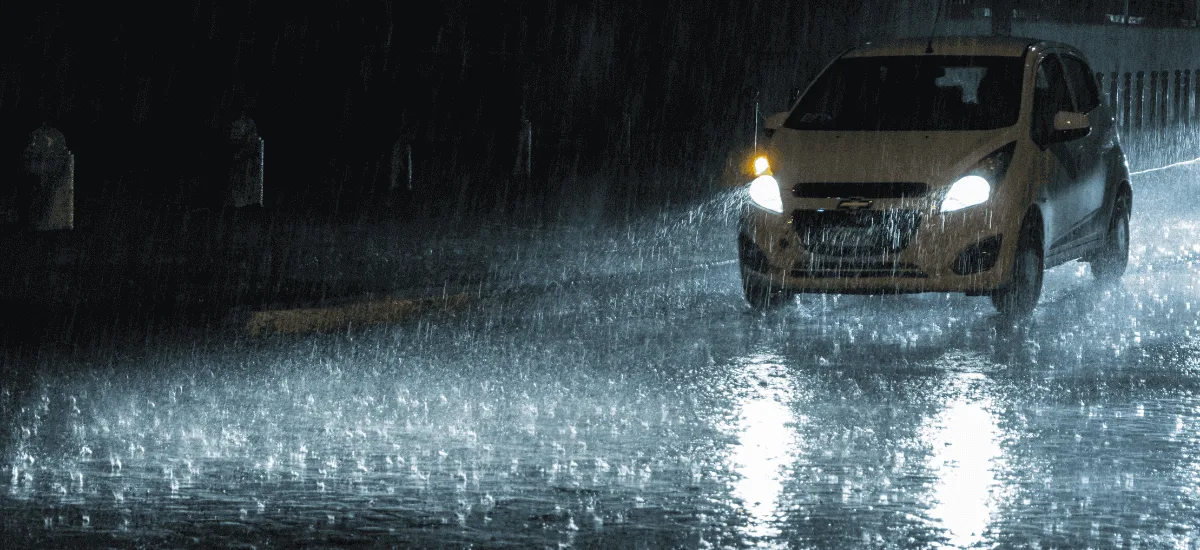
It’s raining, and you are behind the wheel of your car, looking for some “zen” time. There’s no traffic. There are no potholes, either. You are simply cruising to the beats of your favourite song. Too dreamy, right? Because driving a car in the rainy season, especially in India, can be dangerous. It requires your utmost attention; you simply can’t afford to relax! However, some tips can help you sail smoothly. If you want to master the art of “rain driving”, this article is for you. Read on as we discuss rain-driving tips and how to prepare your car for the monsoon.
How to prepare your car for the rainy season
Before you set off for a drive in the monsoon, it is crucial to ensure that the car is in perfect working condition. Even a tiny niggle in any of the vehicle’s components can cause a significant inconvenience or hamper safety while driving in the rain.
The following points highlight what you need to check before taking your car out in the monsoon.
Check the tyres
Tyres are the only contact patch between your car and the road. Hence, ensure that they have enough tread to offer grip on wet roads. Treads are vital in providing sufficient road grip and dispersing the water around the tyre. So, always ensure the tyres have a good amount of tread.
Inspect the battery and wirings
The battery provides power to all the electrical components of the car. So, make sure that it works properly. Check the battery for physical damages and ensure that it has sufficient charge. Replace the battery if required or get it charged. Also, check the wirings for any visible damages or rusting and ensure that it is insulated from rain.
Check the lights
Visibility is paramount when driving in the rain. You should be able to see the road ahead, and other vehicles should spot your vehicle easily. And for that you need lights. Test all the lights, such as the headlights, fog lamps, taillights and turn indicators. Also, clean the lights if required, and fix issues such as a blown bulb or loose wiring. That way, you will not face any problems with the lights when driving in the rain.
Test the brakes
The braking distance increases on a wet road surface and poorly maintained brakes compound the challenge of stopping the car in the rain. Hence, check the brakes before venturing out in the monsoon. Get the brake pads and lines checked by an expert mechanic. Replace the pads if required and fix the leaks in the system if you find any.
Check the windshield wipers
Typically, the wipers are used in monsoons. Hence, the rubber on them can get damaged in the summer months due to harsh weather conditions. So, check the wiper blades and replace them if necessary. Check the washer fluid container, clean it and refill the fluid.
Check for leaks
The car’s windows, windshield and sunroof are fitted with rubber seals to keep the water out of the vehicle. The rubber seals can get damaged due to harsh weather conditions. So, check them for any signs of wear or damage, and get them fixed if necessary. Also, check the door sills, roof and floor for any gaps or cracks. Pay attention to any sort of rusting and treat it immediately because it spreads quickly in monsoons.
Check the air conditioning system
You cannot roll down the windows and drive when it is pouring outside without being drenched. That’s why the AC (Air Conditioning) should be in proper working order. It also helps to defog the windshield. Hence, ensure that the AC has no issues, and get it serviced if required.
Get the car serviced
If you are someone who is not familiar with the car components and cannot perform the checks mentioned above, you can visit the service centre and get the car serviced. Most car manufacturers also offer pre-monsoon service drives, where you can fix the issues with your vehicle. It is the best way to prepare your car for the monsoon if you are not comfortable performing self-checks.
Top tips for driving safely in the rains
Here are some beneficial rain-driving tips you can follow to be safe on the road during the rainy season.
Avoid driving in heavy rain
The first tip for driving a car in the rain is to avoid driving in the rain. If you can wait till the weather gets better, do so. Because driving on wet roads can be tricky, and the low visibility amplifies the challenge. On top of that, the roads can get flooded. So, it’s better to avoid it if possible.
Drive slowly
If you cannot avoid driving in the rain, the next tip is to drive slowly. Patience is vital when driving in the rain. Keep the speed slower than usual so you have complete control over the vehicle. The grip level can be unpredictable on wet roads, and the dirt or oil spills on the road surface can prove dangerous if you drive at high speeds. So, keeping the speed in check is better to be safe on the road.
Turn on the lights
The visibility can be poor when it’s raining heavily. In such a scenario, turning on the headlights/fog lights can help improve visibility. The lights will also help other drivers/riders and pedestrians to notice your vehicle easily.
Use the windshield wipers
When the rain hits the windshield, the visibility becomes almost nil. That’s why wipers are so crucial. Use them even if it’s just a drizzle. The wipers come with different speeds for different conditions. Use it appropriately according to the weather conditions. If it’s raining heavily, use the wipers at their highest speed to improve visibility.
Maintain safe distance
Social distancing can prove helpful not only as a precautionary measure against COVID-19 but also against car accidents. Maintaining a safe distance from other vehicles gives you that extra time to react if anything goes wrong. For instance, if the vehicle in front of you brakes suddenly and comes to a stop, you can rear-end that vehicle if you are following too closely. In contrast, the outcome is likely to be positively different if you maintain a safe distance.
Avoid driving on puddles
Avoid puddles on the road when driving in the rain, as it can cause hydroplaning. Also called aquaplaning, it is a phenomenon wherein the car skids due to a thin sheet of water between the road surface and tyres. When it happens, you cannot steer or apply brakes. In other words, you will have no control over the vehicles. Hence, it is best to avoid driving in puddles.
Be gentle on the throttle and brake
Do not accelerate or brake aggressively on wet roads. It will cause the tyres to lose traction. Be gentle on the throttle pedal, and always brake early. Also, if your vehicle starts to hydroplane, never brake or accelerate, as it can worsen the situation. Instead, let go of the throttle and brake and steer the car in the direction you want.
Use air conditioning
Fogging is a common phenomenon when it rains. It happens due to the difference in outside temperature and inside (car’s cabin) temperature. To avoid that, you can switch on the AC to match the outside and inside temperature. Fogging up of the front and rear windshield can be dangerous as it hampers visibility. So, defog them with the help of the car’s air conditioning system.
Best cars suited for the rainy season
Every car can handle moderate rain, but only a few models can do a commendable job tackling the Indian rain-stricken roads. Generally, such cars have high ground clearance and better water-wading capabilities. Based on these parameters, we have listed some of the best cars for heavy rains in India.
The following are some of the best cars for heavy rains in India as of September 2022.
- Mahindra Thar
- Force Gurkha
- Toyota Fortuner
- Mahindra XUV700
- Mahindra Bolero
- Land Rover Defender
- Tata Safari
- MG Hector
- Mahindra Scorpio
- Jeep Compass

